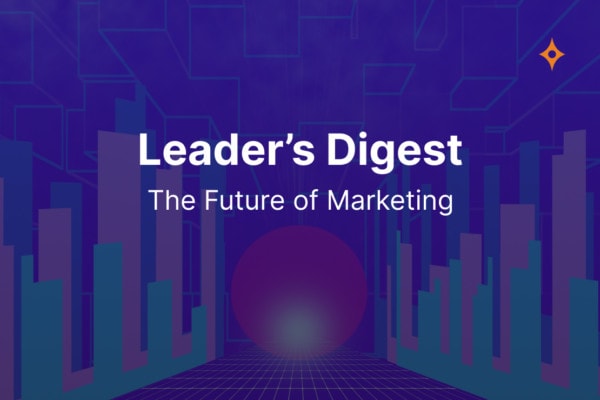1Dec2022
While mixing psychology and marketing may sound like the beginning of an evil plan to manipulate consumers to buy products, that is not at all what consumer psychology is about. At its best, using consumer psychology insights can help you plan an efficient marketing strategy, help your ideal customers to find you, and help you to create valuable and engaging content. We took a look at some of the latest insights from consumer psychology and how they relate to marketing.
Consumers trust other consumers
Brands and customers both agree that authenticity is important when either creating or consuming content. However, there is a considerable mismatch between what each group views as authentic. According to Stackla’s survey, 92% of marketers believe that most or all of their content comes off as authentic, yet 51% of consumers say that only less than half of what they see brands creating resonates with them as authentic.
So what do consumers view as authentic? It seems that content created by other consumers is the next big thing. User-generated content is over 3 times more likely to be viewed as authentic than brand-created content, and nearly 6 times more likely than influencer content. Consumers trust other consumers more than they trust influencers or brands themselves. User-generated content is like the word of mouth of social media.
Consumers seek more variety when they feel less powerful
A recently published study discussed in Harvard Business Review found that consumers’ choice-making is influenced by how powerful they feel at a given moment. This sense of power can be affected by factors such as the current economic situation or personal socio-economic status, or contextual factors such as the height of the chair someone is sitting on. When a customer feels less powerful, such as when sitting on a lower chair, they are more likely to seek options with greater variety. This is likely an unconscious attempt to restore a sense of autonomy. The researchers also found that when a customer’s sense of autonomy is boosted, the desire for more variety decreases.
With this insight in mind, marketers may wish to take into account how their potential customers are feeling when shopping with them. If there is reason to believe they are feeling less powerful, it may be wise to focus on variety rather than a singular quality when showcasing products. On the other hand, marketers may wish to focus on boosting their customer’s sense of power and autonomy in their marketing messages, in order to make them feel more powerful and decrease the desire for variety.
Consumers buy based on “good vibes”
It’s no secret that humans don’t always make choices based on rationale. It has been estimated that over 90% of the choices we make are unconscious, which means that the traditional way of branding might not be the most efficient. People don’t remember lists and details. What they do remember are emotions. Simply focusing on why your product is different from others may not be enough. You need to really connect with your customers on a deeper, emotional level to create a lasting impression.
Marketing expert and author Sandeep Dayal talks about the concept of cognitive branding in a recent interview with McKinsey. In his book, Branding Between the Ears, he reveals the secret to successful cognitive branding. There are three questions consumers will subconsciously think of when considering buying. These questions are:
- Does the brand have “good vibes” – i.e. similar values to mine?
- Does the brand make sense to me?
- Will buying this brand make me happier?
When a company manages to successfully decode these three key factors and include them in its branding, the decision to buy will literally be a no-brainer. Customers will be happy to spend money when they feel their values align with the company’s, the brand makes sense to them, and buying the product will somehow improve their quality of life.
“85% of what we do every day is nonconscious. That’s where brands are built” – Martin Lindstrom


